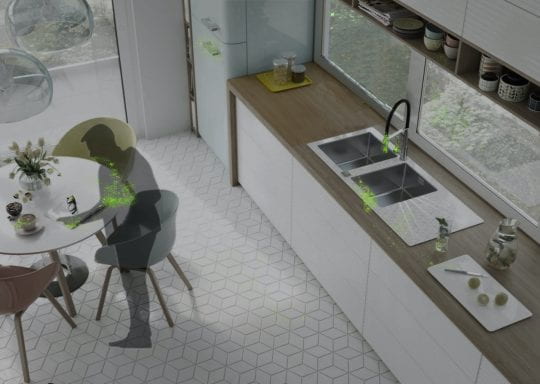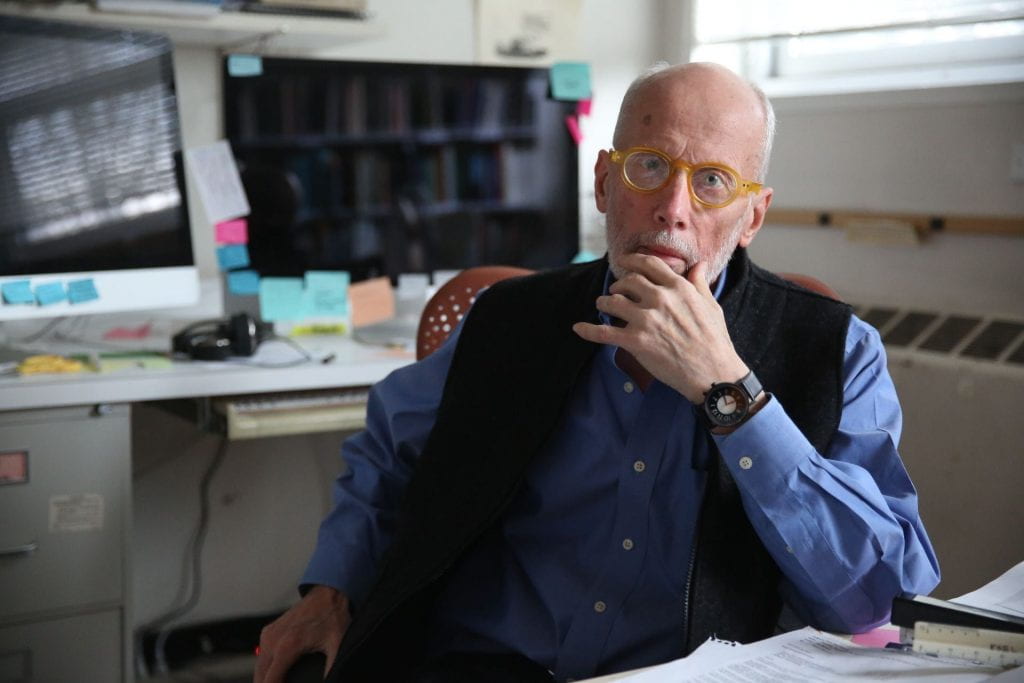As corporate entities, city, county, state and federal governments around the world take action against the spread of COVID-19, the built environment has been thrust onto center stage with a prominent role. Therefore, the unique expertise of researchers at the University of Oregon’s Biology and the Built Environment Center (BioBE) and collaborators at #microBEnet joined together to co-author a review paper on the role of the built environment in reducing transmission and submitted it yesterday to Nature Communications and to bioRxiv this morning. While it is currently under review, we wanted to share the information quickly and will share updated links on this website when they become available.
The paper is called “2019 Novel Coronavirus (COVID-19) Outbreak: A Review of the Current Literature and Built Environment (BE) Considerations to Reduce Transmission” The Abstract is below and the draft PDF is here.
Abstract
With the increasing spread of severe acute respiratory syndrome coronavirus 2 (SARS-CoV-2) that results in coronavirus disease 19 (COVID-19), corporate entities, federal, state, county and city governments, universities, school districts, health care facilities, assisted living organizations, daycares, homeowners, and other building owners and occupants have an opportunity to reduce the potential for transmission through built environment (BE) mediated pathways. Over the last decade, substantial research into the presence, abundance, diversity, function, and transmission of microbes in the BE has taken place and revealed common pathogen exchange pathways and mechanisms. In this paper, we synthesize this microbiology of the BE research and the known information about SARS-CoV-2 to provide actionable and achievable guidance to BE decision makers, building operators, and all indoor occupants attempting to minimize infectious disease transmission through environmentally mediated pathways. We believe this information will be useful to corporate and public administrators and individuals responsible for building operations and environmental services in their decision-making process about whether to implement social-distancing measures and for what duration.

